1909 WHITE MODEL O 20 HP TOURER Engine No. O-777 Maroon with white coachlining, black leather upholstery and a black top Engine: 2-cylinder compound double-acting; high-pressure cylinder 2.5" bore, low pressure cylinder 4.5", common stroke 3" with Joy valve gear and simpling device. Water-tube boiler, gasoline fired; forward-mounted condenser; Suspension: semi-elliptic leaf springs front and rear; Brakes: external contracting and internal expanding brakes on rear wheels. Right hand drive. At the turn of the century, it was by no means clear which type of power source would be the most successful for the private automobile. There were adherents to and advocates of the internal combustion engine, steam power and propulsion by electricity. With the benefit of hindsight, it is not difficult to deduce why it was the internal combustion engine that came to reign supreme, but hindsight was not there to assist the hundreds of engineers and companies that invested their talent and finance in the development of steam powered motor cars. In the first decade of the twentieth century thousands of successful steam cars were built and sold but their manufacturers either turned to making internal combustion engined automobiles or went out of business. In the former category was the White Sewing Machine Company of Thomas H. White whose son Rollin, a Cornell engineering graduate, developed and patented a "semi-flash" boiler. This was used in the steam car that he and his brothers Windsor and Walter placed on the market in 1901. Their first machines differed little in appearance with other light steam cars available at the time, but were undoubtedly of high quality in both design and execution. Significant changes began in 1903 when the engine was moved to the front of the chassis, behind the condenser that came to resemble the radiator of an internal combustion-engined car. Also shaft drive with a bevel-driven rear axle came to be standardized, as did wheel steering with a secondary smaller wheel controlling steam admission to the engine. During 1903 the company produced 502 cars and production had risen to 1,534 vehicles in 1906, the year of the highest output. On the grueling Glidden Tours of the American hinterland, White steam cars frequently achieved distinction. Both Presidents Theodore Roosevelt and Howard Taft were champions of the White steam car. The cars achieved a degree of popularity in Britain where Walter looked after the company's interests, ably assisted by ardent publicist Frederick Coleman who ensured that the steamers were regular successful participants in competitions and trials. However the cars were expensive, the 40hp model being more expensive than a Rolls-Royce Silver Ghost, and they required a particularly enthusiastic owner or experienced chauffeur to get the best performance from them. For 1909, when a Delahaye had been brought from France to explore the manufacture of a gasoline car, two new models of steamers were produced: the 40hp Model M and the 20hp Model O. While the large car continued with a wooden frame, the Model O had a pressed steel chassis. The engines were changed from having Stephenson-link valve motion to Joy valve gear which simplified engine construction and reduced the number of moving parts by almost half. There is no doubt that these late model White steamers were technically very sophisticated and appealed to a discerning clientele. However, the gasoline car was cheaper to make and sell, was more readily understood by the wayside mechanic and while not perhaps quite so satisfying to achieve the best performance from, was much easier in so doing. This Model O White had one owner until after the Second World War and then became part of the Harrah collection where it was restored to running order. It is fully equipped but has not been steamed for some time and therefore will require recommissioning before being used again on the road. Steam car enthusiasts, of whom there is an ever growin
1909 WHITE MODEL O 20 HP TOURER Engine No. O-777 Maroon with white coachlining, black leather upholstery and a black top Engine: 2-cylinder compound double-acting; high-pressure cylinder 2.5" bore, low pressure cylinder 4.5", common stroke 3" with Joy valve gear and simpling device. Water-tube boiler, gasoline fired; forward-mounted condenser; Suspension: semi-elliptic leaf springs front and rear; Brakes: external contracting and internal expanding brakes on rear wheels. Right hand drive. At the turn of the century, it was by no means clear which type of power source would be the most successful for the private automobile. There were adherents to and advocates of the internal combustion engine, steam power and propulsion by electricity. With the benefit of hindsight, it is not difficult to deduce why it was the internal combustion engine that came to reign supreme, but hindsight was not there to assist the hundreds of engineers and companies that invested their talent and finance in the development of steam powered motor cars. In the first decade of the twentieth century thousands of successful steam cars were built and sold but their manufacturers either turned to making internal combustion engined automobiles or went out of business. In the former category was the White Sewing Machine Company of Thomas H. White whose son Rollin, a Cornell engineering graduate, developed and patented a "semi-flash" boiler. This was used in the steam car that he and his brothers Windsor and Walter placed on the market in 1901. Their first machines differed little in appearance with other light steam cars available at the time, but were undoubtedly of high quality in both design and execution. Significant changes began in 1903 when the engine was moved to the front of the chassis, behind the condenser that came to resemble the radiator of an internal combustion-engined car. Also shaft drive with a bevel-driven rear axle came to be standardized, as did wheel steering with a secondary smaller wheel controlling steam admission to the engine. During 1903 the company produced 502 cars and production had risen to 1,534 vehicles in 1906, the year of the highest output. On the grueling Glidden Tours of the American hinterland, White steam cars frequently achieved distinction. Both Presidents Theodore Roosevelt and Howard Taft were champions of the White steam car. The cars achieved a degree of popularity in Britain where Walter looked after the company's interests, ably assisted by ardent publicist Frederick Coleman who ensured that the steamers were regular successful participants in competitions and trials. However the cars were expensive, the 40hp model being more expensive than a Rolls-Royce Silver Ghost, and they required a particularly enthusiastic owner or experienced chauffeur to get the best performance from them. For 1909, when a Delahaye had been brought from France to explore the manufacture of a gasoline car, two new models of steamers were produced: the 40hp Model M and the 20hp Model O. While the large car continued with a wooden frame, the Model O had a pressed steel chassis. The engines were changed from having Stephenson-link valve motion to Joy valve gear which simplified engine construction and reduced the number of moving parts by almost half. There is no doubt that these late model White steamers were technically very sophisticated and appealed to a discerning clientele. However, the gasoline car was cheaper to make and sell, was more readily understood by the wayside mechanic and while not perhaps quite so satisfying to achieve the best performance from, was much easier in so doing. This Model O White had one owner until after the Second World War and then became part of the Harrah collection where it was restored to running order. It is fully equipped but has not been steamed for some time and therefore will require recommissioning before being used again on the road. Steam car enthusiasts, of whom there is an ever growin


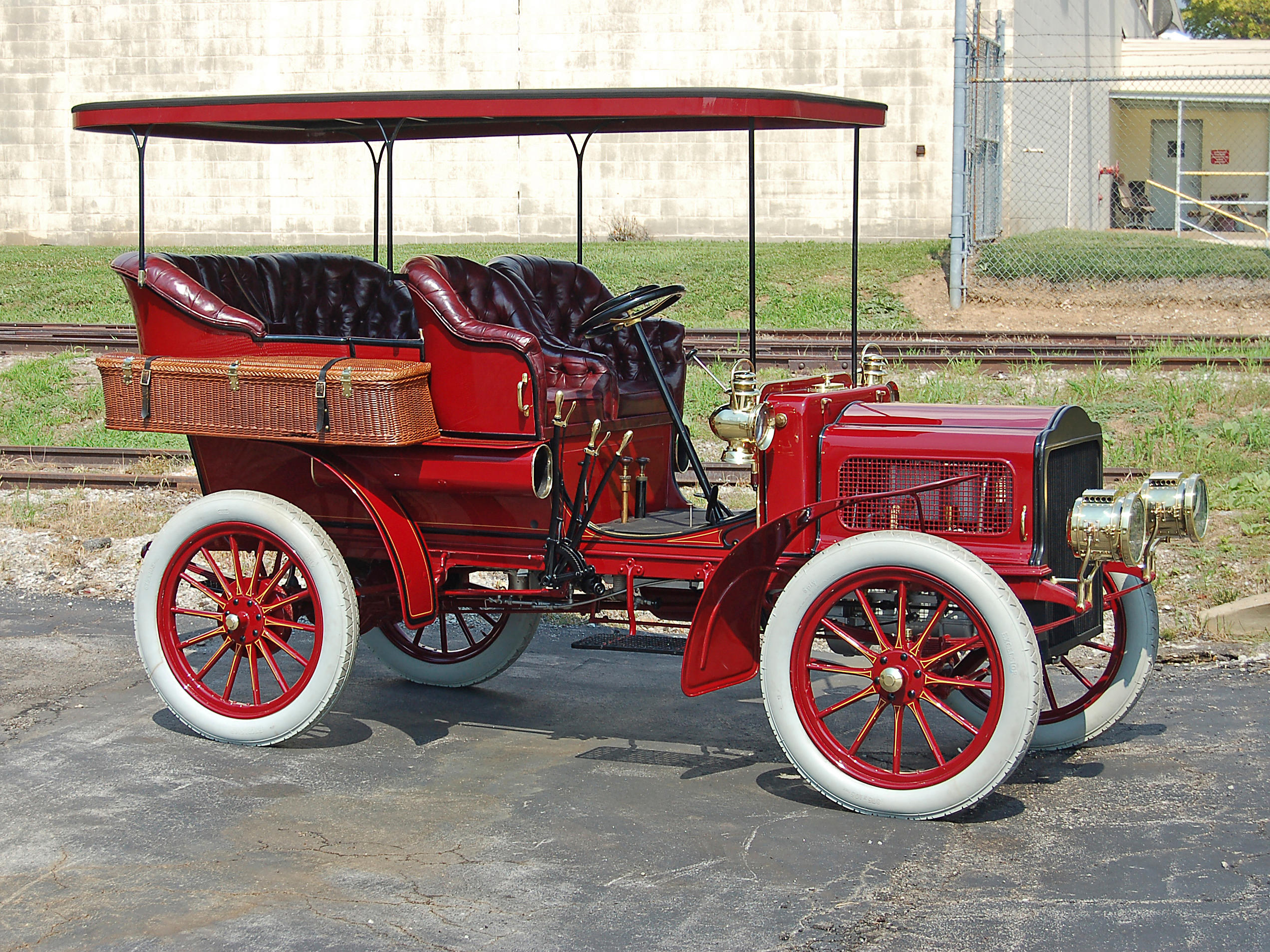
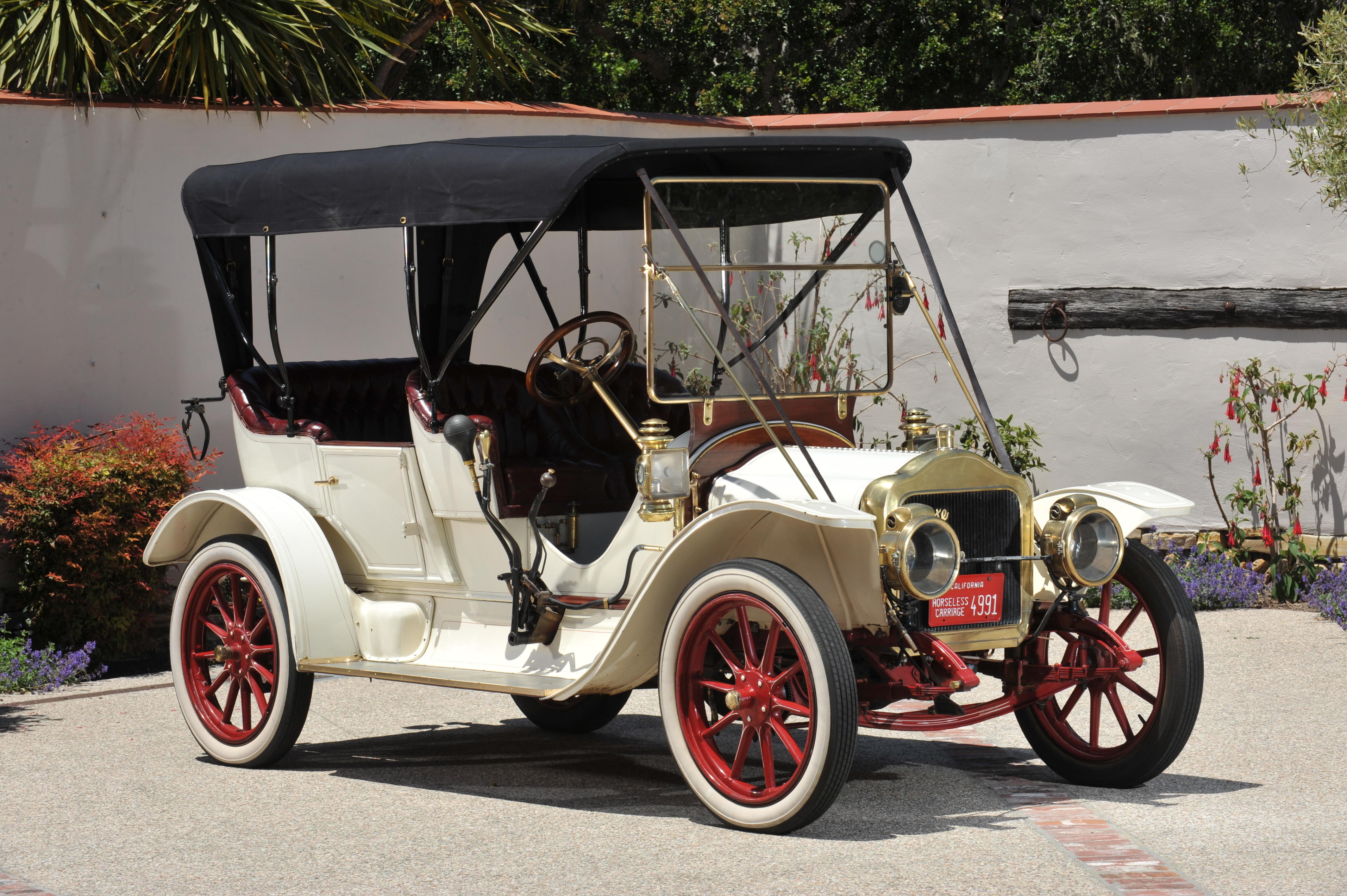

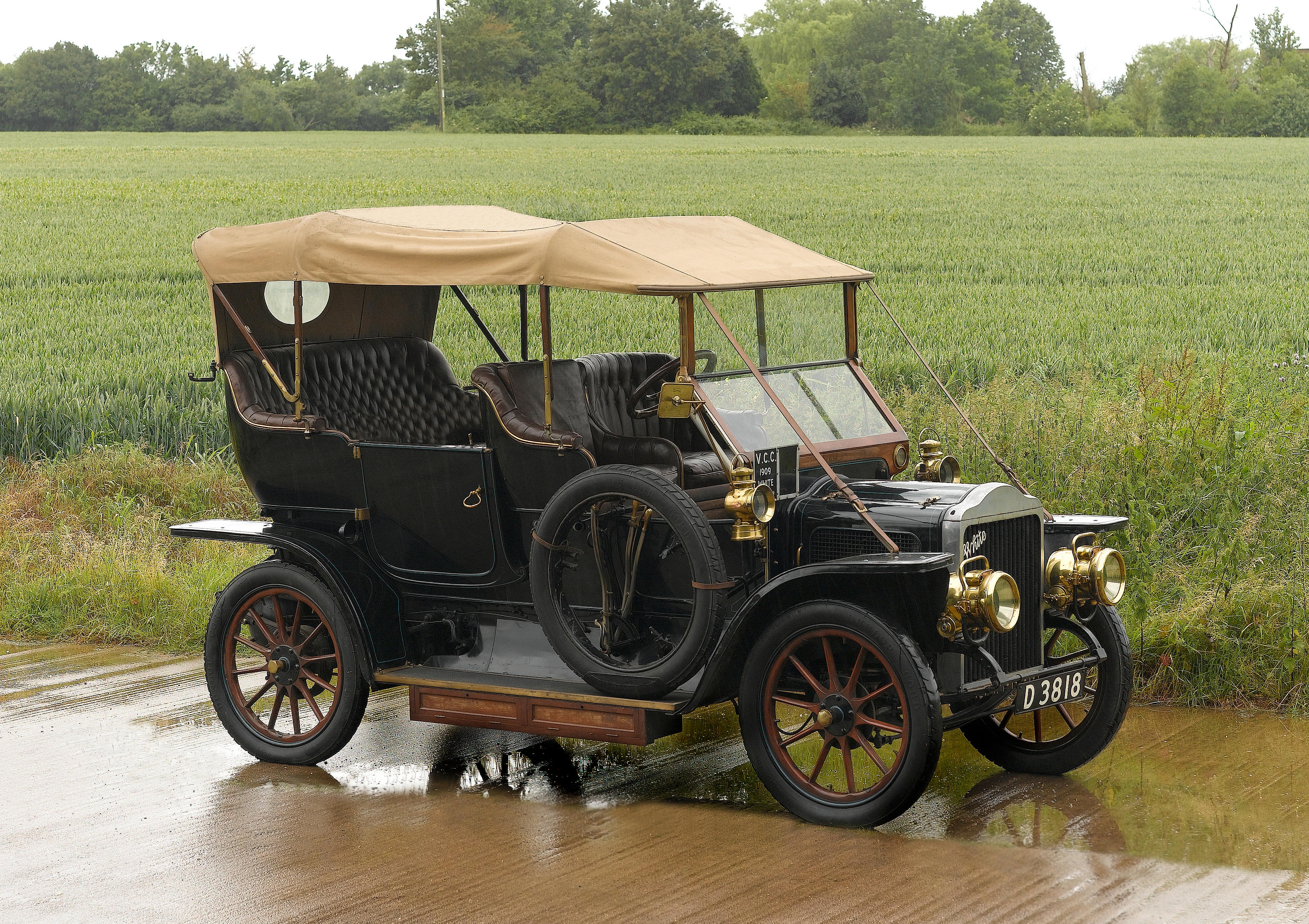
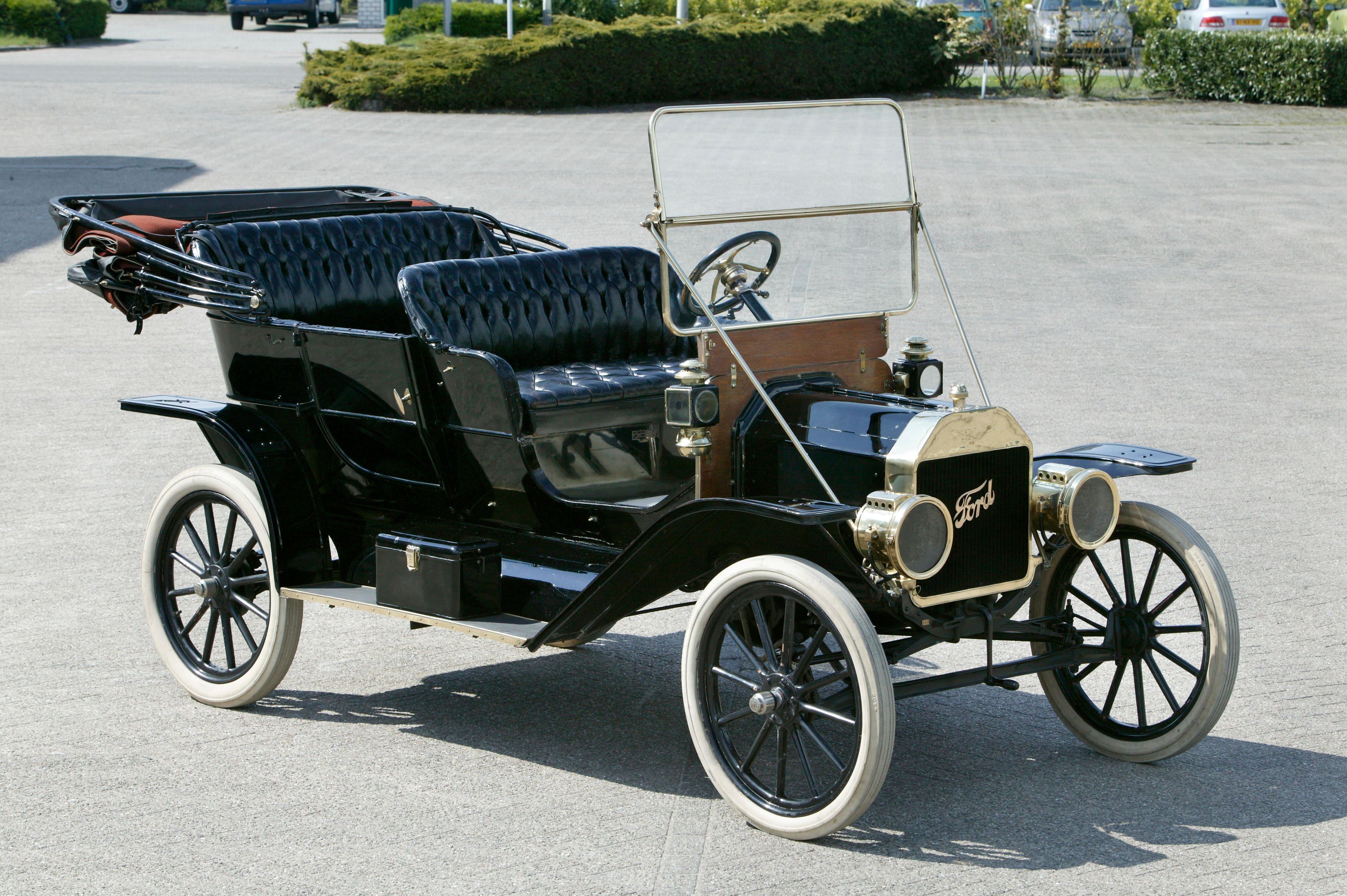
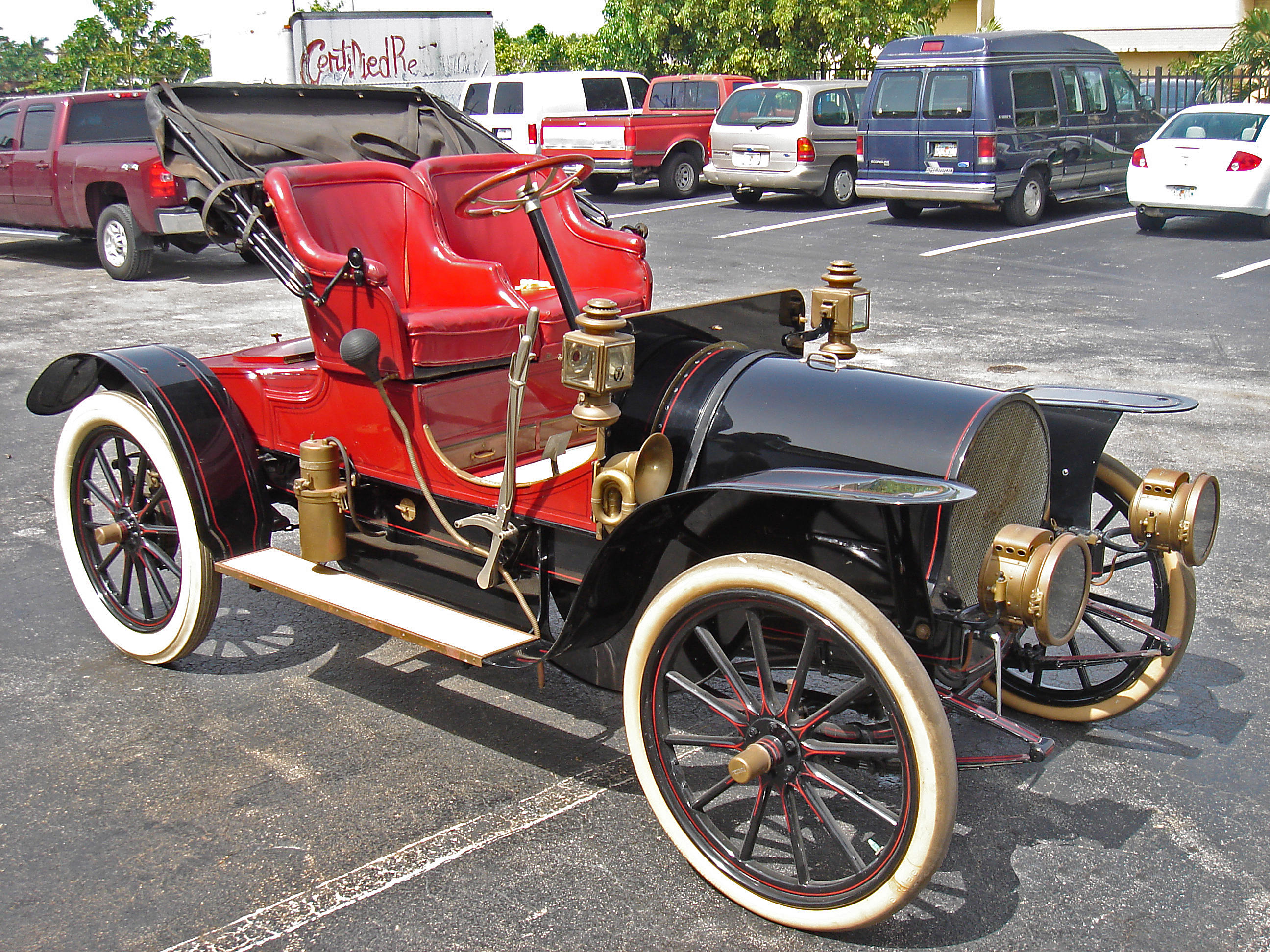
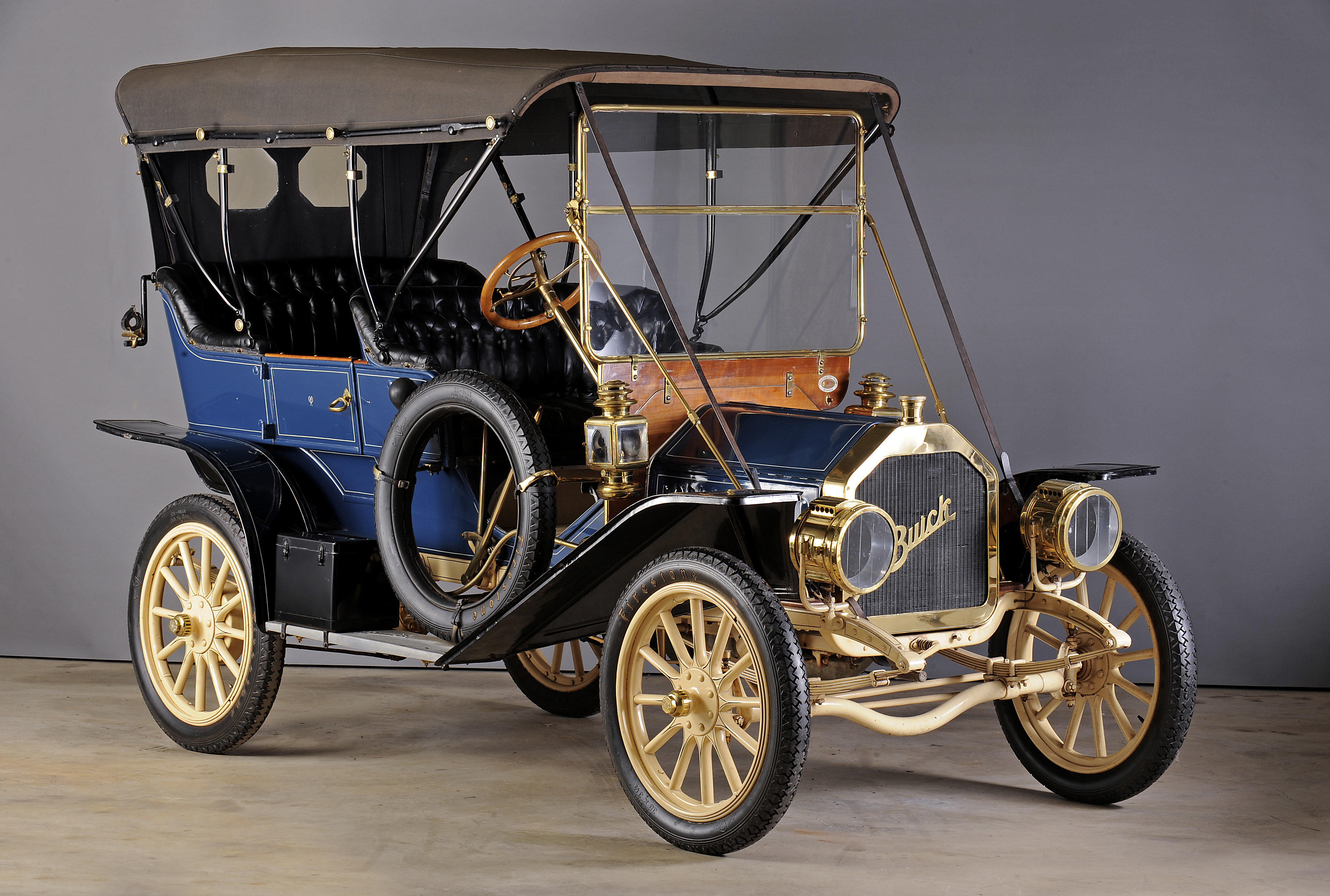

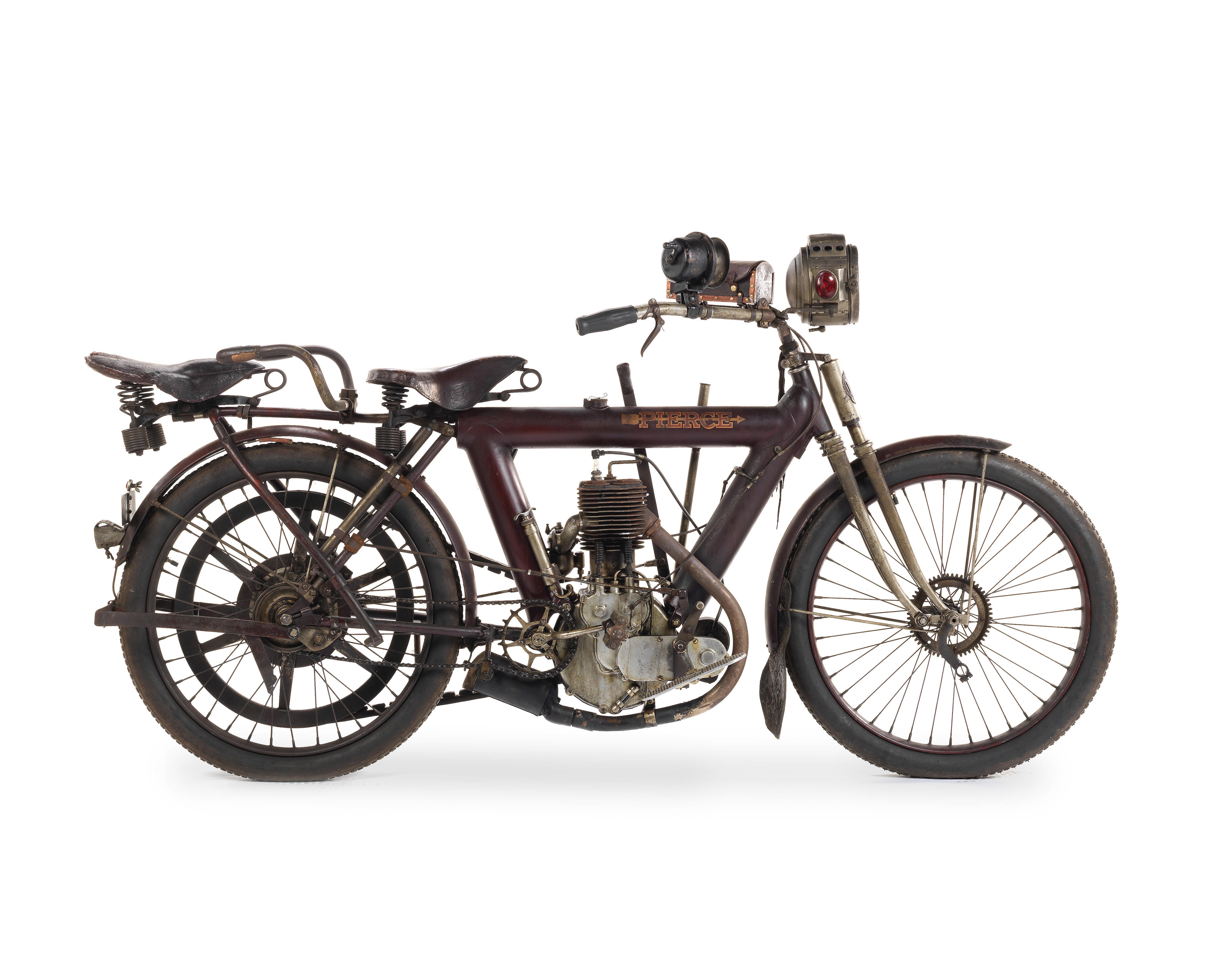
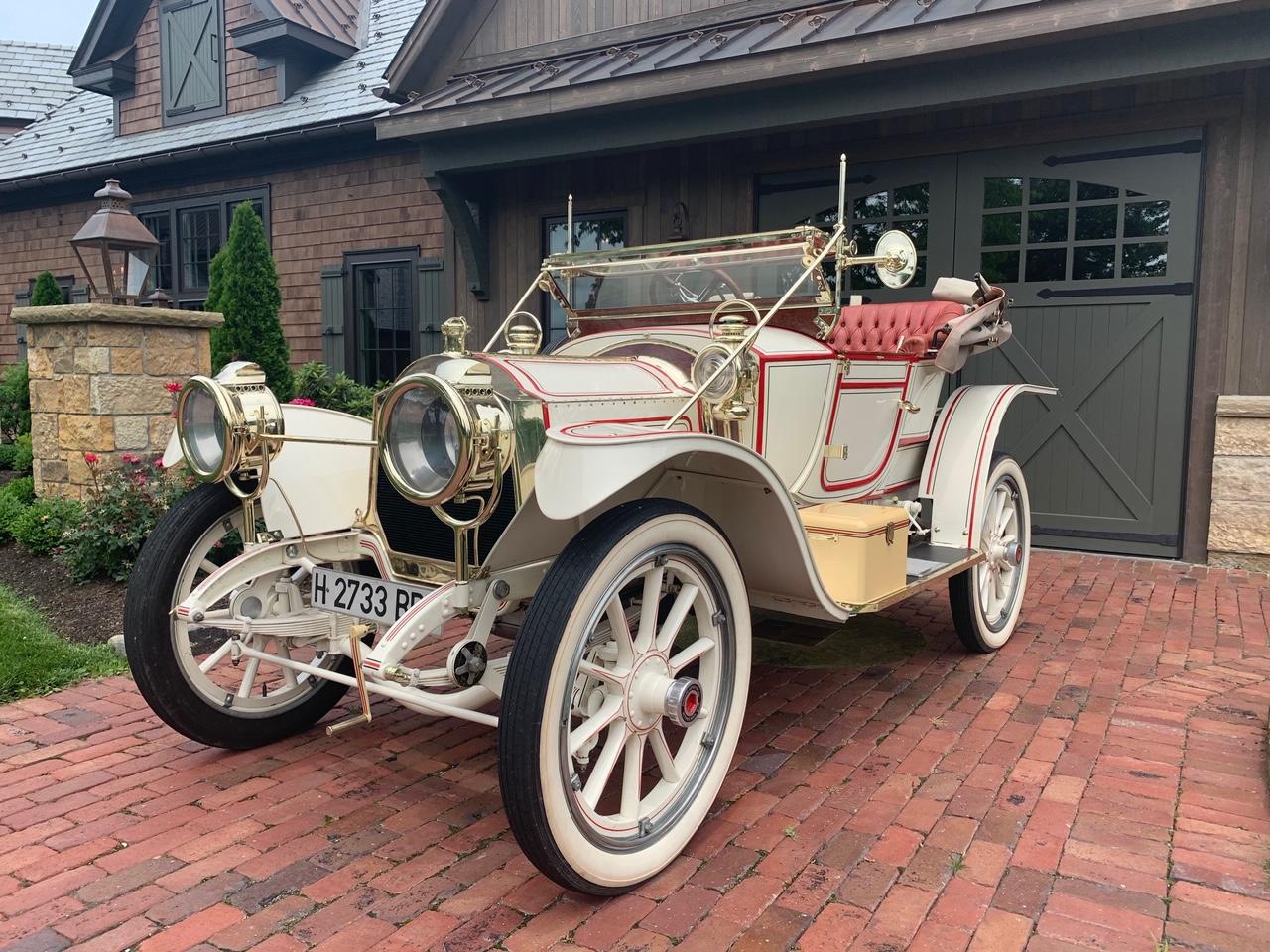
.jpg?height=400)
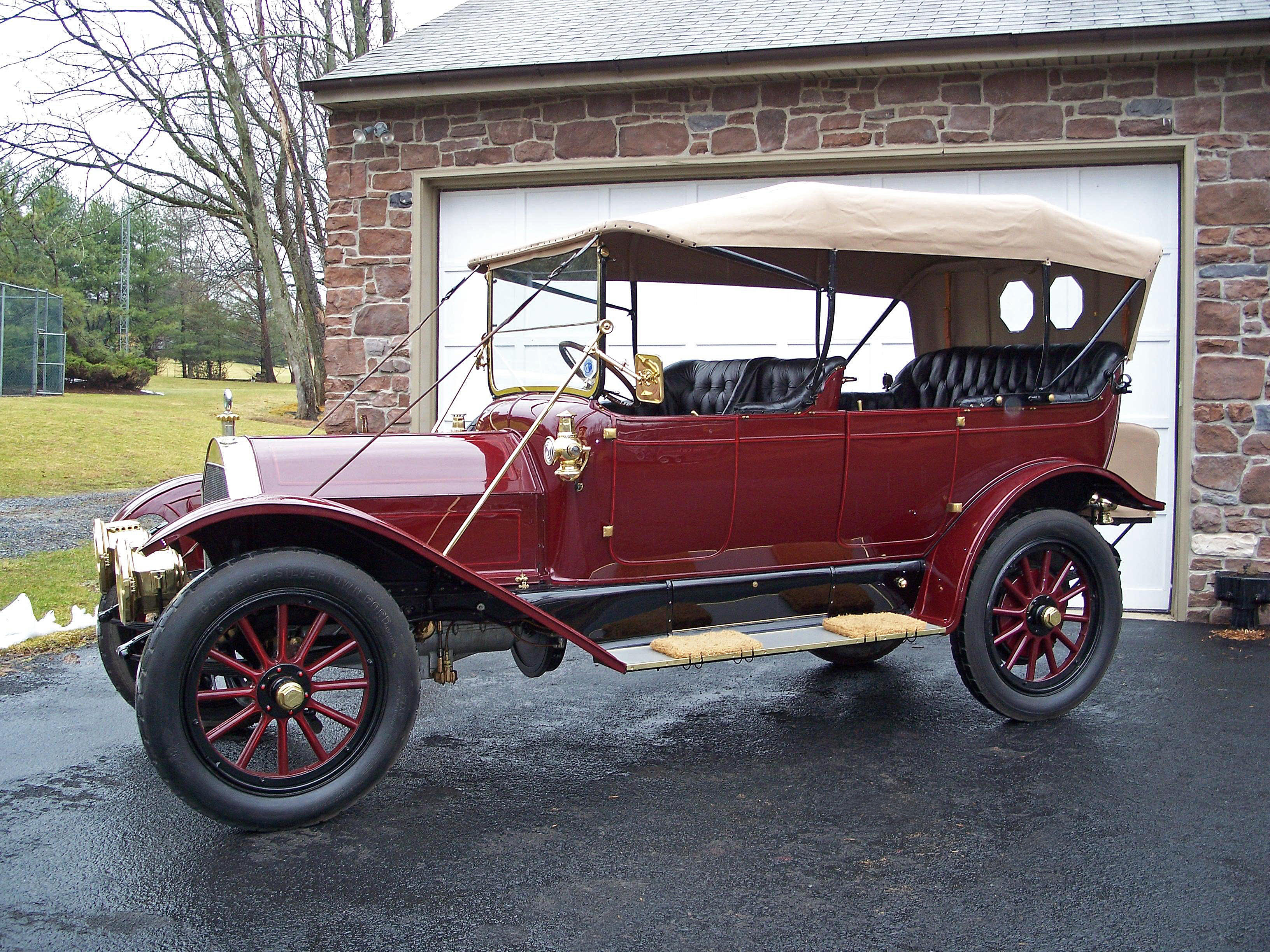

Testen Sie LotSearch und seine Premium-Features 7 Tage - ohne Kosten!
Lassen Sie sich automatisch über neue Objekte in kommenden Auktionen benachrichtigen.
Suchauftrag anlegen